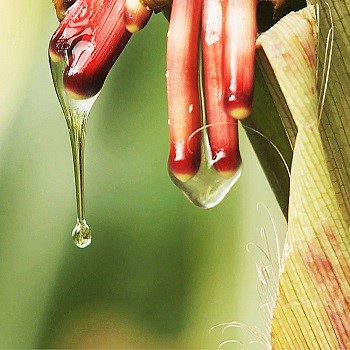Natural Plant-Based Food Preservative
Nanyang Technological University, Singapore (NTU Singapore) scientists have discovered a plant-based food preservative that is more effective than artificial preservatives. The organic preservative comprises a naturally-occurring substance known as 'flavonoids', a diverse group of phytonutrients found in almost all fruits and vegetables. The flavonoids created by NTU scientists have strong »








